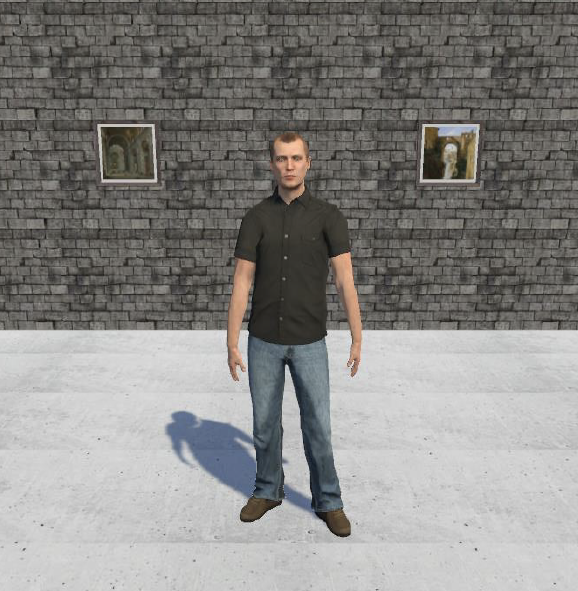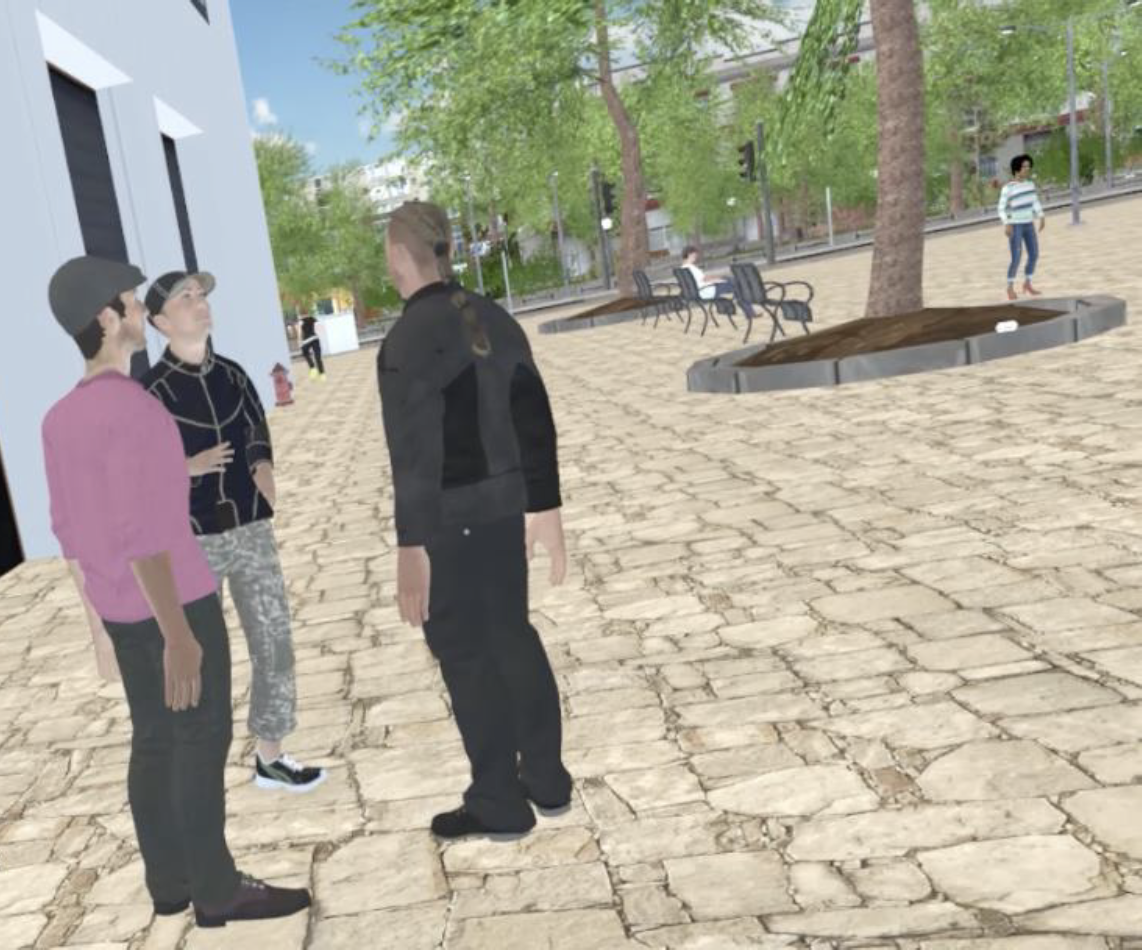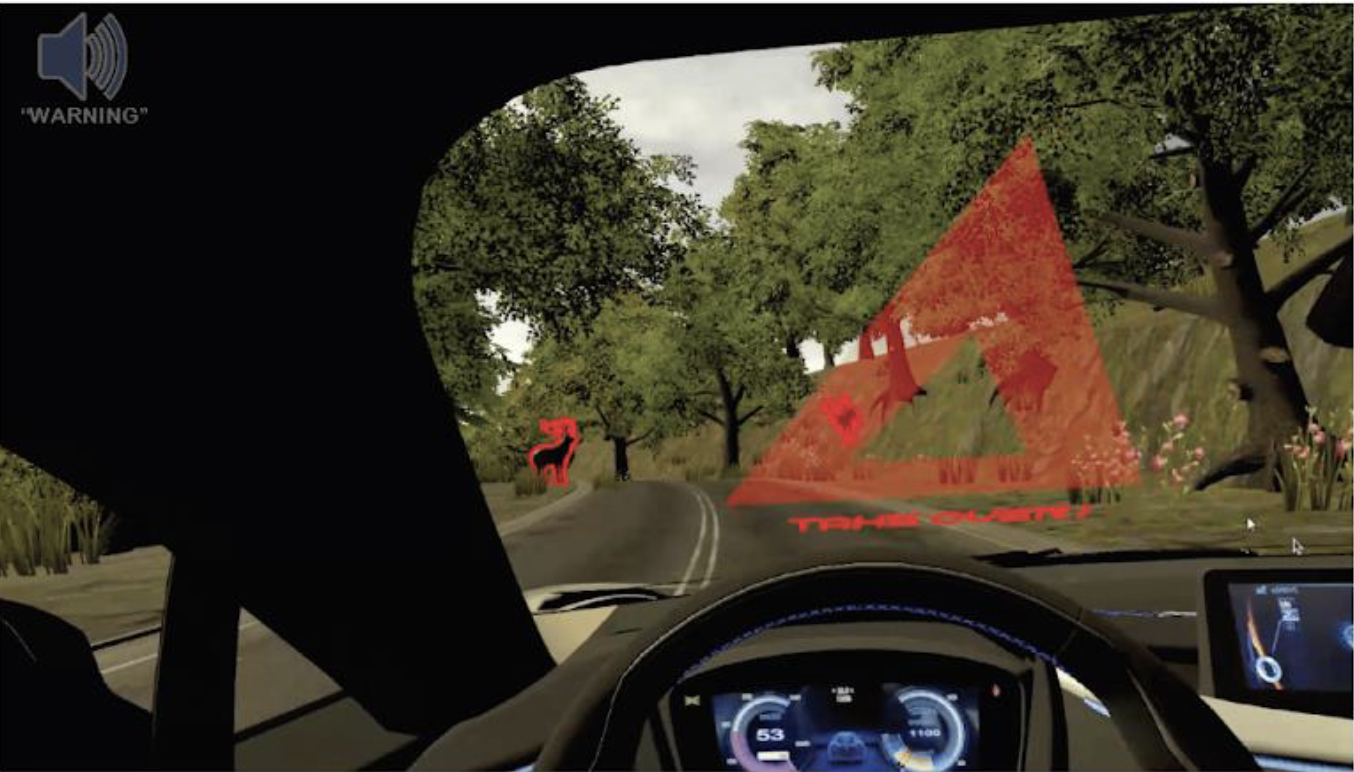Ann Huang
Cognitive Science x Human-Computer Interaction
Embodied user interaction in virtual and augmented reality
Embodied cognition is a theory which posits that our cognition is understood from our bodily interactions with the enviornment. This interaction extends beyond the human-human interaction to include interaction with tools and systems.
Human-like avatars, by virtue of them being human-like, are natural and intuitive interfaces for human users. Simulating virtual humans thus renders the environment fundamentally social.
As these interfaces become increasingly common (e.g. Metaverse, Microsoft Mesh), ongoing research is needed to understand their impact on our perception and behavior for improving the user experience, including safe interaction distances.
Measuring users proxemics behaviors for designing a comfortable human-agent interaction in AR

Project Overview
This project was part of my intership at the Human-Cetnered Ubiquitous Computing Lab at LMU Munich
Role
- Lead researcher (me)
- One junior researcher
- Two senior researchers
- Lab director
Scope
- The aim of the project was to investigate whether a virual human-like agent occupies a personal space and how does it impact user behavior in an AR enviorment
- We developed an AR application in which users interact with six virtual agents in an art gallery context. I collected data of 54 users, conducted statistical analyses on the recorded interpersonal distances and physiolgoical data
Deliverables
- Academic publication in ACM CHI
Investigating user’s proxemics behaviors towards different social configurations in VR

Project Overview
This project was part of my PhD research in Osnabrück
Role
- Collaborating researcher (me)
- One lead researcher
- Two junior researchers
- Lab director
Scope
- The aim of the project was to investigate how users keep distance with human-like avatars in individuals, pairs or groups while freely exploring in a immersive virtual reality city
- We designed the study, collected data of 59 users, conducted statistical analyses on the recorded interpersonal distances and eye tracking data
Deliverables
- Academic publication: Published in Virtual Reality
Peceptual processing in human-vehicle interaction in VR

Project Overview
This project was part of my PhD research in Osnabrück.
Role
- One of the three lead researchers (me)
- Two junior researchers
- Two lab directors
Scope
- The aim of the project was to investigate the impact of three different warning signal modalities (audio, visual, audio-visual) on driver’s take-over beahvior in handling semi-automated vehicles
Deliverables
- Academic publication in Vehicles